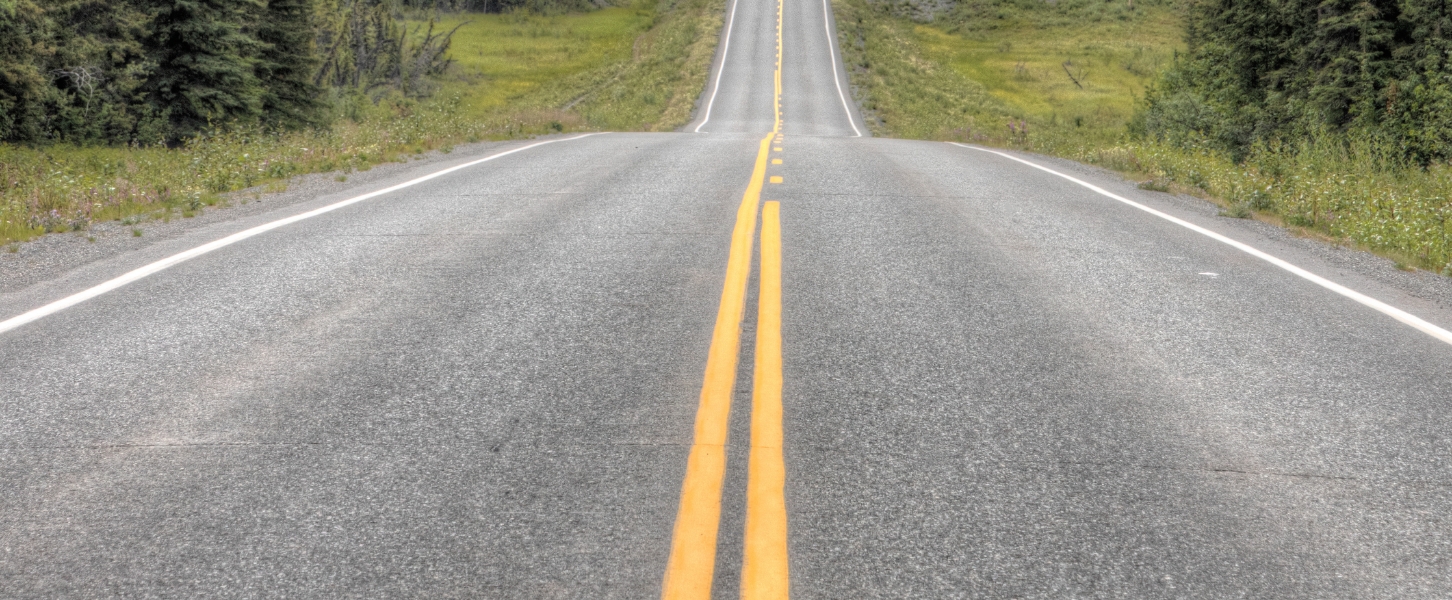2023 Wyoming Infrastructure Report Card
2023 Report Card GPA: C
Wyoming’s 580,000 residents are spread across almost 100 million square miles of often harsh terrain. Population growth is slow, and the state relies on federal funding for almost 60% of their annual revenue. The 2021 Bipartisan Infrastructure Law will send significant additional funds to Wyoming for transportation and water systems but will only temporarily close structural funding gaps – not proportionate with identified needs. Even with federal support from formula and competitive money, many Wyoming communities struggle collecting funds needed to match.
Wyoming’s infrastructure systems are struggling to support core operations on already-low fees that lose purchasing power as high inflation rates persist following the COVID-19 pandemic. A quarter of drinking water systems spend more than they bring in from ratepayers, a third of those systems don’t charge by usage; and Wyoming’s median wastewater treatment system bills only half the national average. The $0.10 increase of state motor fuel taxes from 2013 has also lost significant ground from increasing vehicle efficiencies.
Wyoming can be a tough place to keep infrastructure high functioning. Corrosive soil throughout the state is shortening the lifespan of metal pipes delivering fresh water for resident consumption. The Equality State has experienced moderate to severe drought conditions every year since 1999 and is allocated only six million acre-feet of surface water per year of the 15 million acre-feet of surface water originating within the state. Drivers pay the gas tax on fill-ups within Wyoming, but the state loses out on registration and other fee revenue from the over 85% of commercial trucks neither beginning nor ending their routes in the state. For the supply chain in the American West, Wyoming is a “bridge state” maintaining critical links from the Pacific Coast to the Midwest.
Wyoming has been described as a small town with a very long main street, reflecting the willingness of citizens to drive longer distances for community, work, recreation, and shopping. This is reflected in Wyoming’s more than 14,000 vehicle miles traveled per capita in 2018, the highest in the nation. Engineering in the state is the most effective way to ensure the safety of motorists dying in crashes by greater numbers than any other state, 25.4 per 100,000 residents.
Read the executive summary here.
-
Explore Wyoming
- Grades
- State Fact Sheet
- IIJA Grants
Wyoming Infrastructure Grades
A: Exceptional, B: Good, C: Mediocre, D: Poor, F: Failing
Each category was evaluated on the basis of capacity, condition, funding, future need, operation and maintenance, public safety, resilience, and innovation
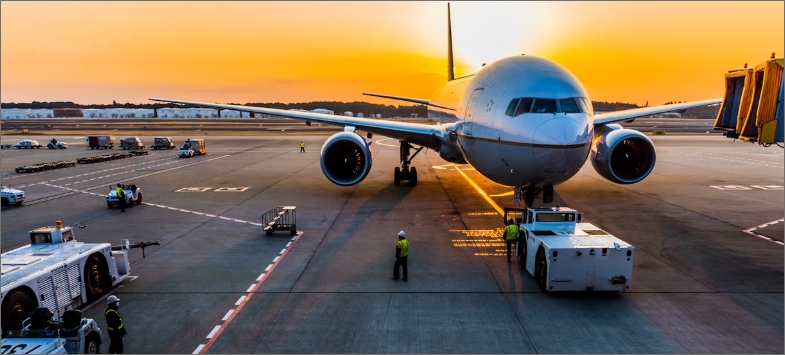

Aviation
Wyoming relies on a network of 33 publicly owned airports to deliver transportation across nearly 98,000 square miles for emergency medical services, resident movement, the supply chain, and tourism. Aviation infrastructure supports an estimated $2 billion in overall annual economic output. Wyoming Department of Transportation’s (WYDOT) Aeronautics Division has focused on pavement management and maintenance: 90 percent of runways at general and commercial airports in the state are in acceptable condition. Available capital improvement funding is hampered by inflation on project inputs and labor. Beyond available funds, an additional $45 million annually is needed to meet future needs in aeronautic investment. Status quo funding would reduce the average pavement condition from 81 in 2020 to 69 in 2025, on a scale of 100.
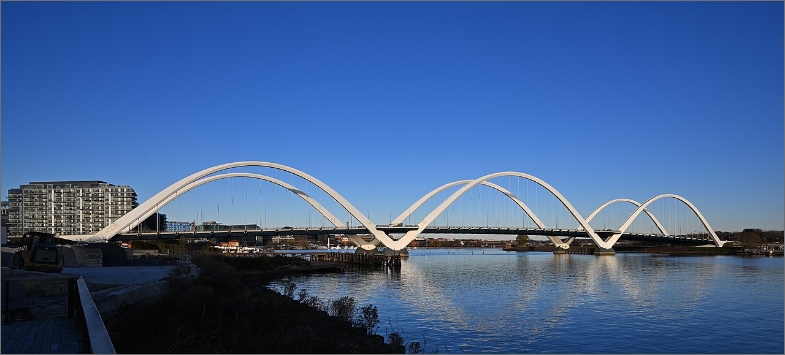

Bridges
There are 3,114 vehicular bridges in Wyoming. Of these bridges, 230 – or 7.4% – are in poor condition, an improvement from the 291 bridges that were in poor condition in 2017. The Wyoming Department of Transportation instituted an effective asset management system which decreased the percentage of bridge decks in poor condition from a high of 14.8% in 2013 to 8.6% in 2021. As bridges age, degrade, or get struck by other objects, they can lose some of their capacity to safely carry designed legal loads. Wyoming is better than the national average, with 5.9% of all bridges in Wyoming being posted to some restriction, versus 9.2% nationally. Nearly one-half of Wyoming bridges are more than 50 years old and may pose greater maintenance challenges past their intended life.


Drinking Water
There are 772 public water systems in Wyoming. Nearly 90% of its residents are served by 321 community water systems operating year-round. The remaining 451 water systems include campgrounds, restaurants, hotels, and schools served by a private well or surface water source. The state has experienced moderate to severe drought conditions yearly since 1999 and is allocated only six million acre-feet of surface water per year of the 15 million acre-feet of surface water originating within the state. Corrosive soil materials cause metal pipes to degrade faster than anticipated, necessitating quicker replacements. A 2018 survey of Wyoming public water systems reported 23% are not sustaining themselves on user and service fees with 32% of respondents reporting that they do not bill their customers based on usage metering. The installation of usage meters and reevaluating rate structures to ensure solvency and financial stability could be high impact investments into these systems.
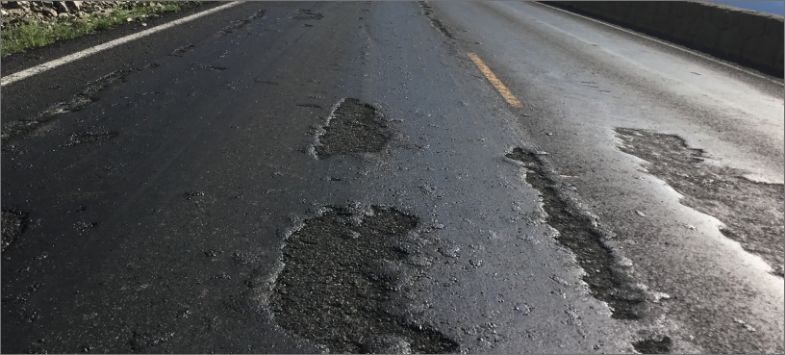

Roads
Wyoming’s 580,000 residents are spread across almost 100 million square miles of often harsh terrain, making safe, resilient roadway connections necessary for essential services, movement of goods, and recreation. 55% of non-interstate highways and 46% of interstates within the national highway system in Wyoming have pavement in good condition, with negligible in poor condition. By contrast, an estimated 39% of state-owned local pavement – and 68% of that county owned – is in poor condition. Not including bridges, a WYDOT-commissioned study found a $169.2 million annual shortfall for state surface transportation, before accounting for the significant needs at the city and county levels. Significant engineering interventions are needed to reduce traffic deaths in Wyoming, which are sixth worst in the country as a rate of miles traveled and absolute worst as a rate of population: 25.4 per 100,000 compared to 11.0 nationally.
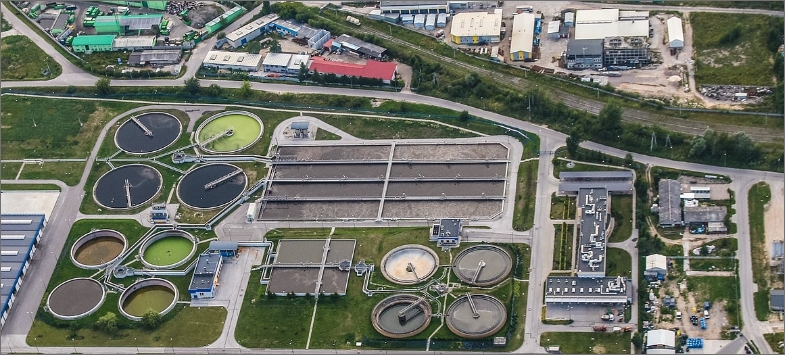

Wastewater
Wyoming’s wastewater treatment facilities include publicly owned mechanical wastewater treatment plants (serving 46% of the population), publicly owned lagoons (serving 23% of the population), and private onsite treatment systems (serving 31% of the population). A 2012 study indicated that most of the 96 publicly owned treatment works in the state are under capacity for existing wastewater flows. Notable exceptions in areas expected to grow population are at or over capacity: The Cokeville Wastewater Treatment Plant and Lagoons in Afton, Manville, Sundance, and Wheatland. Almost half of the systems identified in the 2022 Intended Use Plan listed the need to replace undersized sewer mains, pump stations, or other equipment. The 2021 Bipartisan Infrastructure Law will add almost $10 million to Wyoming’s 5-year, $450 million wastewater spending plan. Local funds may be more difficult to amass with statewide median sewer rates about half of the national average and the failure of a 2020 constitutional amendment to raise the cap on municipally incurred debt.
State Fact Sheet
Download Fact Sheet
Aviation
$27.9 million in 2024 airport improvement grants across 9 major airports

Drinking Water
$1.6 billion total drinking water need

Transit
1.7 million passenger trips across 20 systems in 2023

Bridges
3,136 bridges, 6.5% of which were structurally deficient in 2024

Hazardous Waste
3 Superfund sites

Wastewater
$457.5 million total wastewater need

Dams
106 high hazard dams

Levees
50 miles of levees protect 10,900 residents

Roads
14% of roads are in poor or fair condition

Connect with Your Legislators
Let everyone know how important it is that we continue to invest in the future of America’s infrastructure.
Take Action Today


